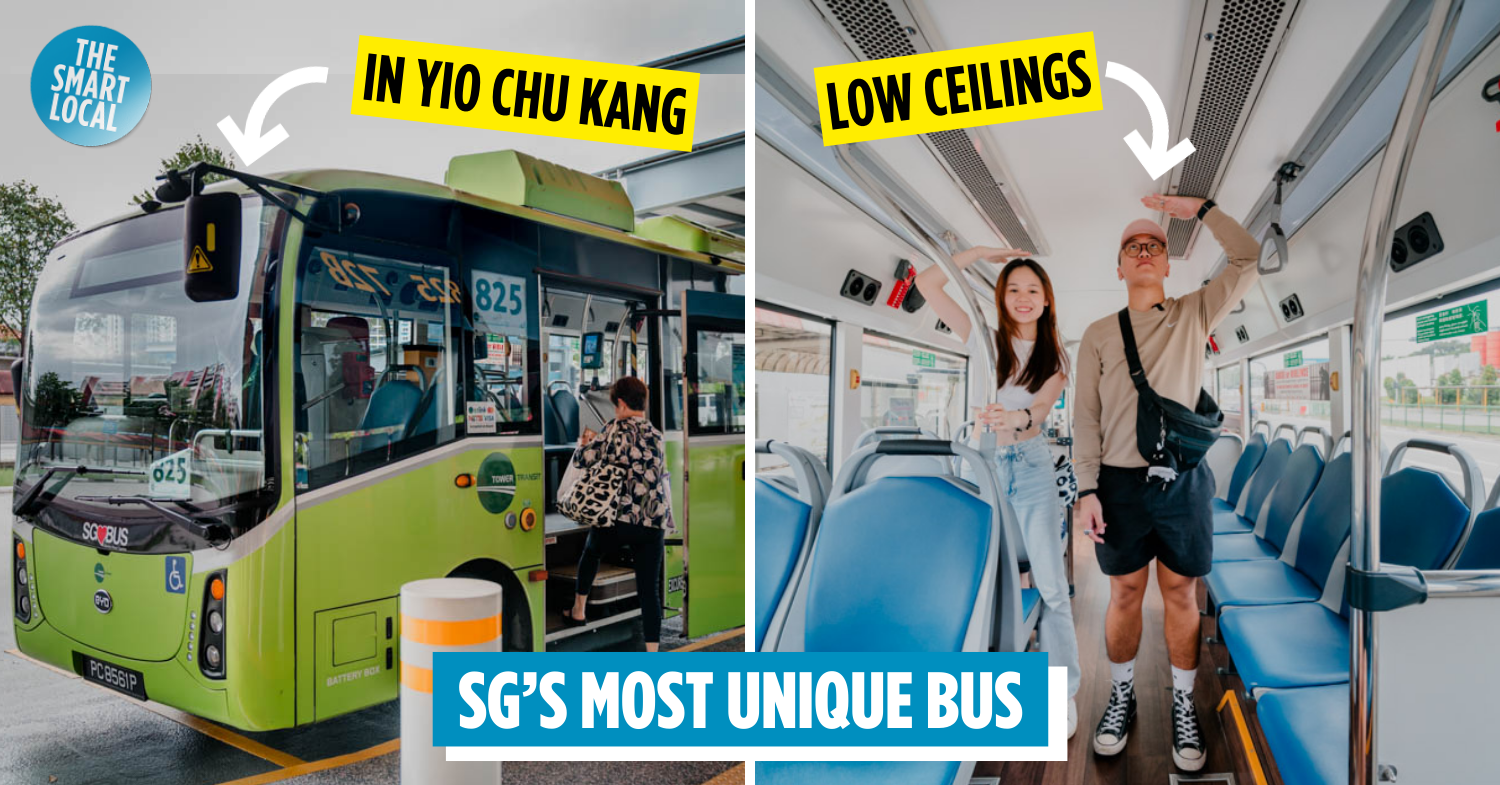Riding the 825 minibus from Yio Chu Kang interchange
“Hey Gracelyn, are you free this week?”
“Yeah, sure! What’s up”
“Ok, we’re sending you to ride the smallest bus in Singapore”
Think public buses and you’ll imagine the huge bright green buses on the roads or the older ones decked in a mixture of white, purple, and red. The sizes are pretty standard … or so I thought. It was only when my editor assigned me this article that I came to know of the existence of BYD C6 – the smallest public bus in Singapore, or rather, the minibus known as bus 825 in Yio Chu Kang.
What to know about the 825 minibus
The smol bus comes from a Chinese manufacturing company, BYD and is named the BYD C6. At the time of writing, there are only 4 of them leased to SMRT – all operating under bus 825.
They’re not just cute and small; they’re environmentally-friendly as well. All of them are fully electric, so there’s no excessive carbon emissions that might harm planet Earth.
Where to find the minibus?
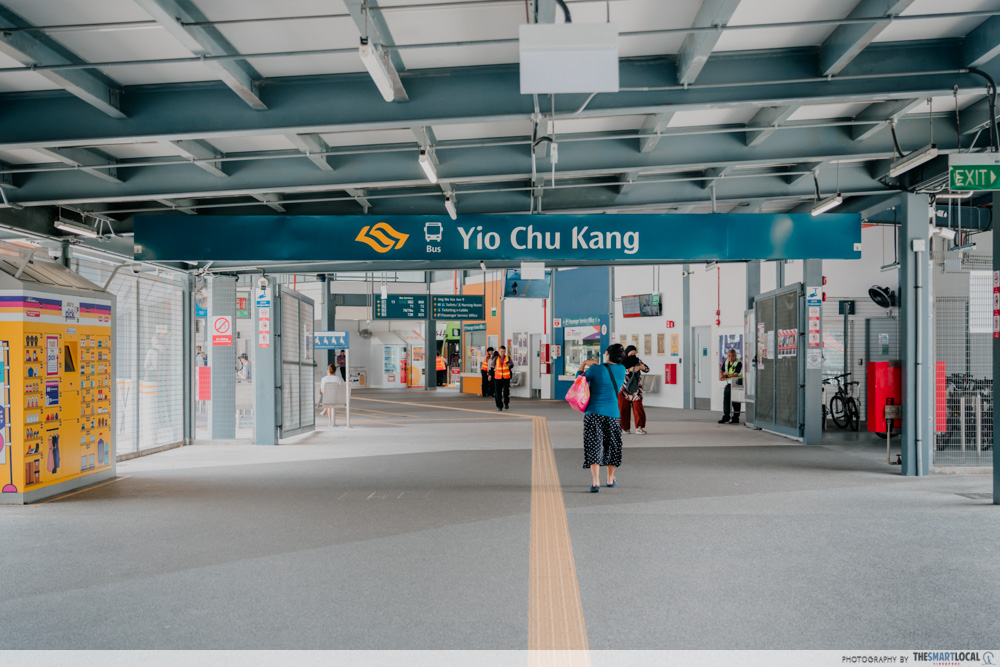
You’ll only be able to find this minibus at Yio Chu Kang Bus Interchange. Pegged with bus service 825, it serves as a shuttle bus for the private estates in Lentor – located in the north of Ang Mo Kio – that helps residents get to and from Yio Chu Kang interchange conveniently.
If you’re wondering why Lentor estate is so special that it has its own little bus, the rationale is pretty simple. As we travelled along the bus’ route, we realised that the roads in the Lentor estate are pretty narrow and the turns are even narrower. A regular public bus would have difficulty navigating through but the BYD C6, on the other hand, fits just nicely.
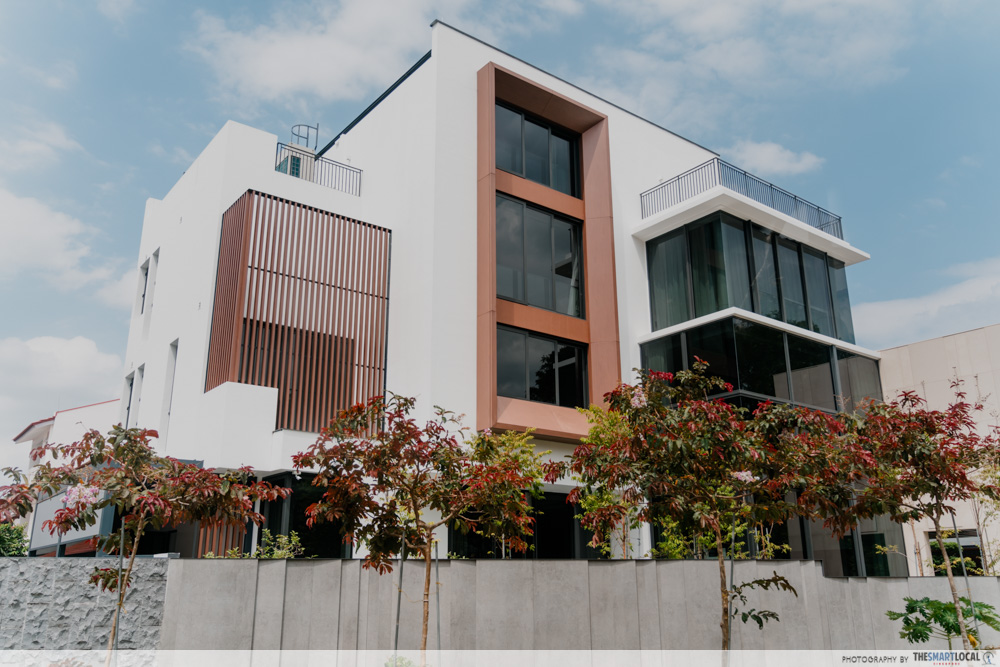
It might be small but it’s mighty. Without the BYD C6, residents who’d like to get to the bus interchange and MRT would need to spend about 10 minutes just walking out of the estate and then onto Yio Chu Kang Road to get to the nearest bus stop. Trust us when we say that that’s quite a journey – one you wouldn’t want to take in Singapore’s weather.
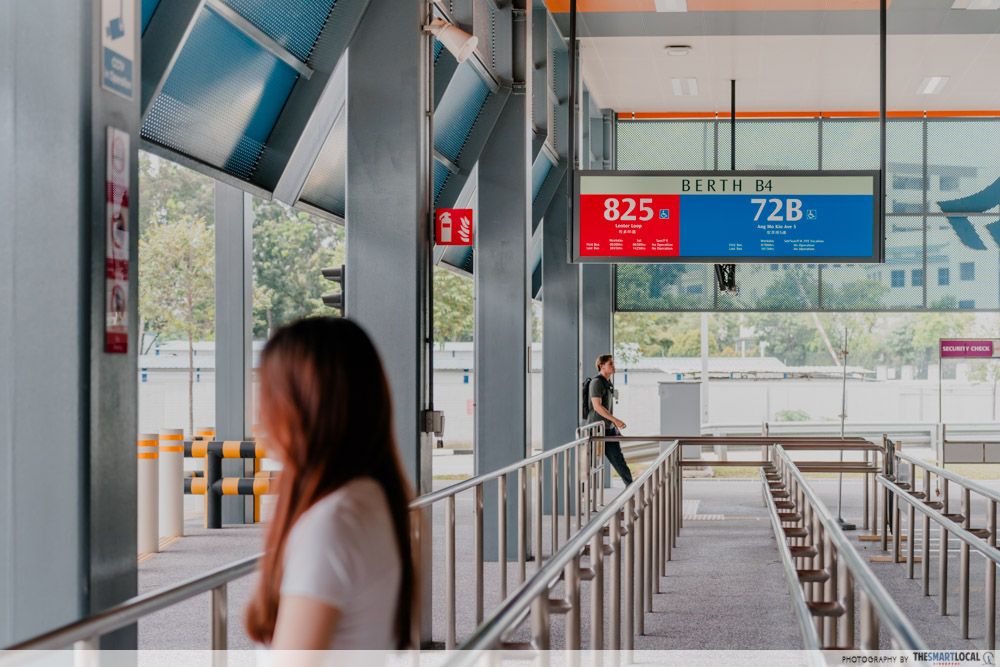
If you’re popping by to give the little one a visit, note that the minibus only operates on weekdays and Saturday mornings. There are also regular-sized buses serving the 825 route, so you might need to skip one or two to catch the mini one specifically.
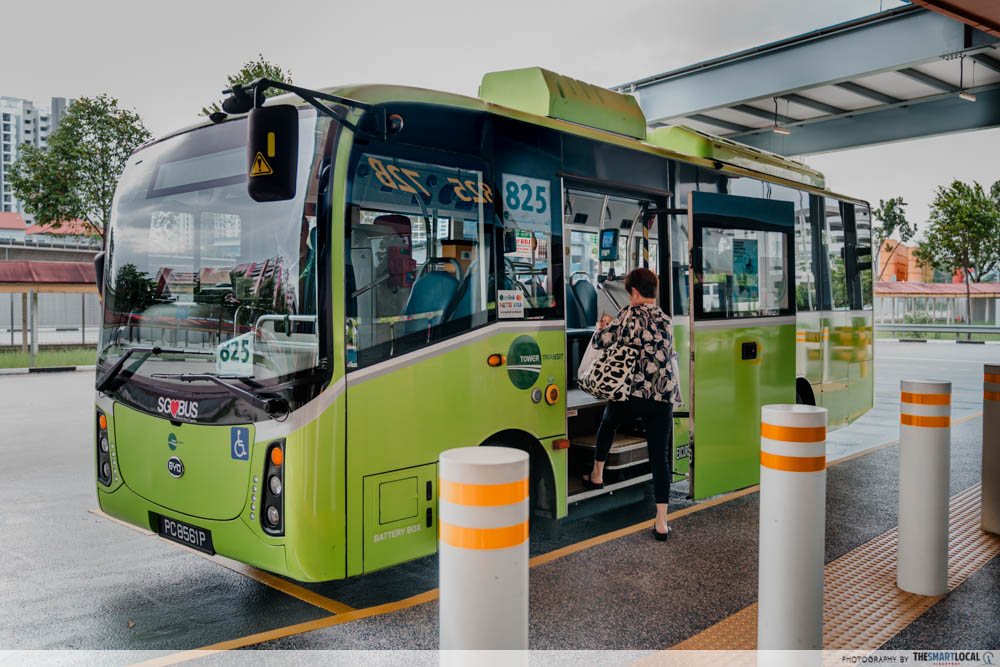
While I was there, I noticed that the majority of the people who boarded the bus were elderly residents living in the Lentor estate – another reason to have this service. It was not uncommon to see the residents having hearty conversations and laughs with the bus driver. From the looks of it, they were regular riders of the BYD C6.
So small, it only seats 24 passengers
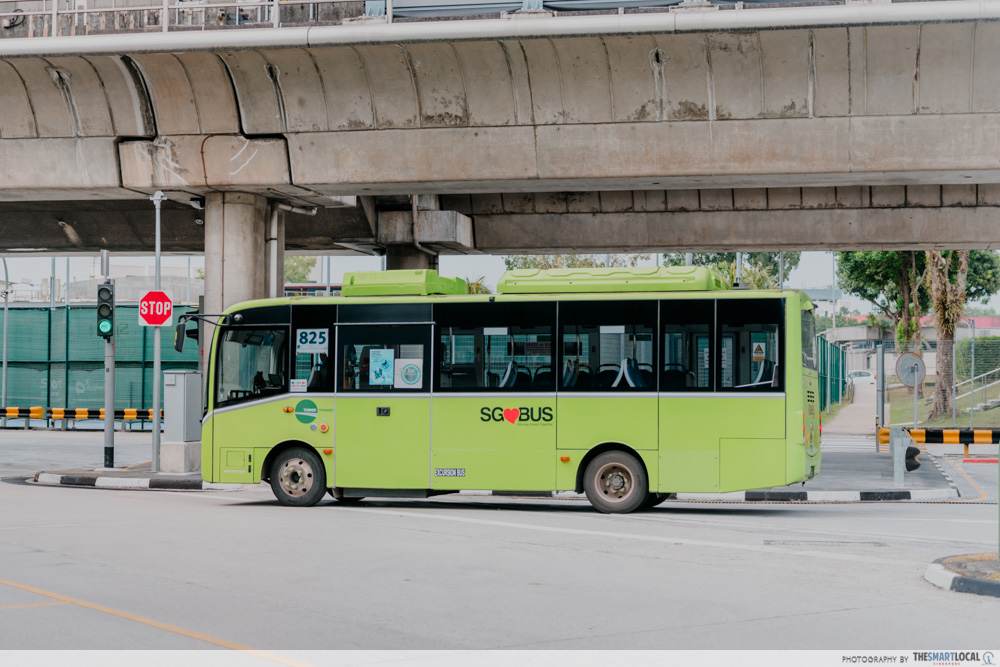
“I’m just a baby!” – the TikTok audio that would be playing if this was a TikTok.
When I first saw the bus, I let out a little chuckle because of how short in length it seemed. I was not used to seeing our regular bus being “cut short” into a miniature version.
Well, if we’re going to bring numbers into the picture, here are some stats: the regular single-decker buses that we’re familiar with are about 12m long and 3m-4m tall depending on which model you’re looking at, and can board up to 90 passengers. This small bus, on the other hand, is only 7m long and 2.94m tall, and can only carry a maximum of 24 passengers.
What’s the difference between the small bus and our regular ones?
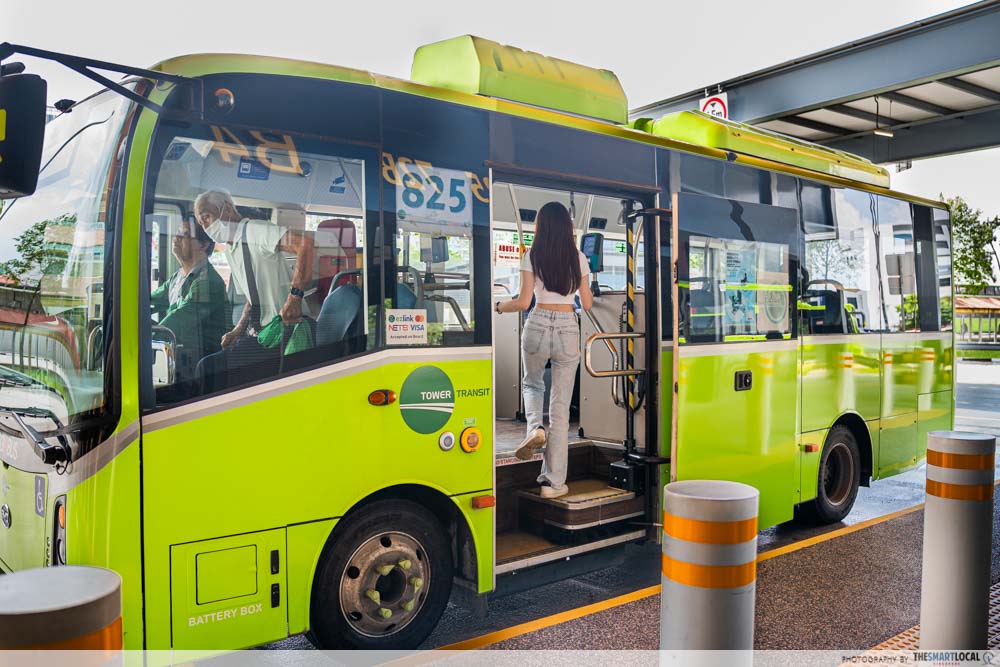
Thanks to its small size, the bus has a few other differences as well. The most obvious one would be the fact that the BYD C6 only has 1 door. That’s the door you’ll use to board and alight. That’s all it really needs, seeing that it doesn’t get a lot of passengers.
True enough, we visited the little bus during non-peak hours on a Friday and there wasn’t really much of a crowd. We’re unsure if visiting during peak timings would have shown us a different scene and if having a single door for entry and exit might have been a problem. But we doubt so.
This bus might be smaller than the regular ones but another difference is that it’s a high-floor bus. This means that passengers are required to take additional steps up from the ground floor to get on the bus. A higher bus also provides passengers with a more comfortable riding experience since there’s more suspension from the ground and a better view of the surroundings – kind of like a double-decker bus but not at that height, of course.
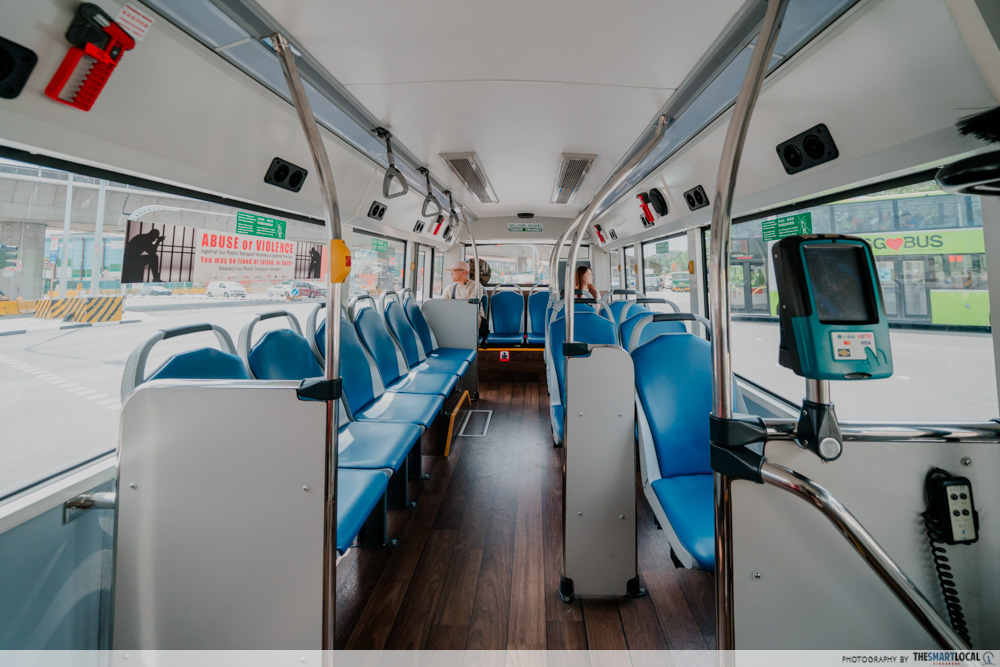
The little bus also comes with mini steps and additional handlebars installed. Again we’re guessing the rationale behind those is for the elderly residents who might need extra support getting onto the mini bus.
As an introvert, I took comfort and solace in seeing how the interior of the bus was rather compact and cosy – a juxtaposition to how big and overwhelming a regular bus can be, especially when it’s jam-packed with people.
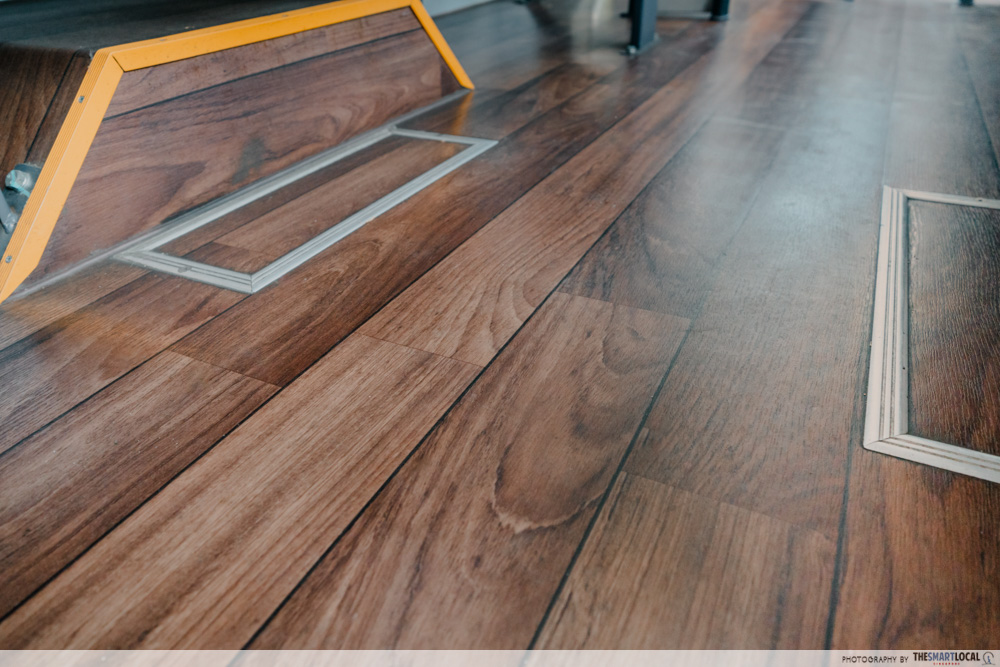
More interestingly, if you take a closer look at your feet, you’ll realise something unique – the floors are laminated with a faux wooden design that gives it an old-school look. If you’ve never noticed, most regular buses have a dare-we-say boring grey flooring.
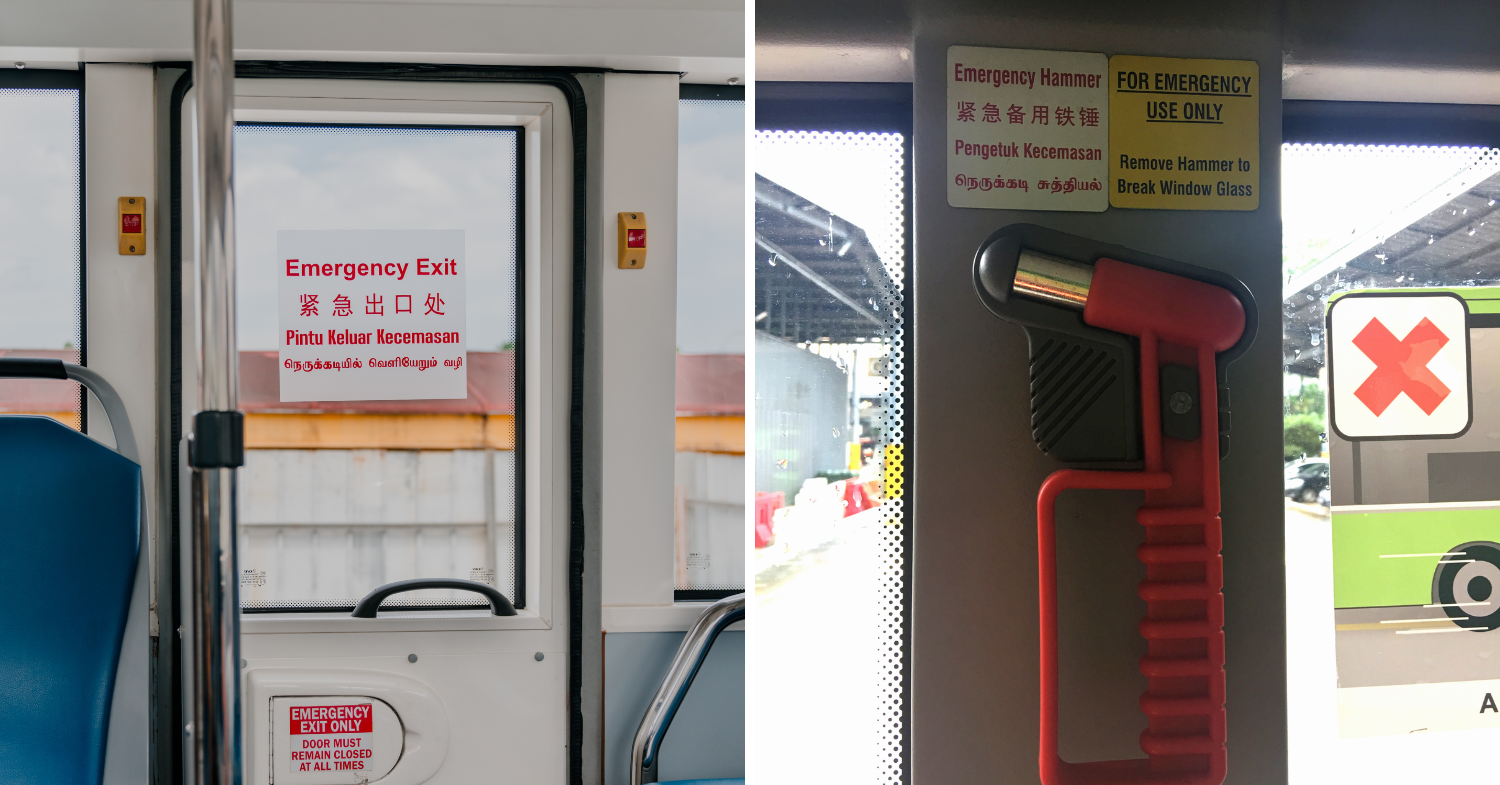
Emergency exit door (left) in the BYD C6 and emergency hammer (right) you’d see on your regular buses.
Image adapted from: SMRT
Another cool feature on the minibus that we rode on was that it had an emergency exit towards the end, nearing the last row of seats. After doing some digging, we found out that emergency doors were formerly a must-have in buses. However, today, they’ve been replaced with emergency hammers instead.
Although it might consist of some old features, the small bus’ technology definitely isn’t. This little one is actually rather inclusive as it has a wheel-chair lift at the door that’s controlled by a wired remote controller for those who require it.
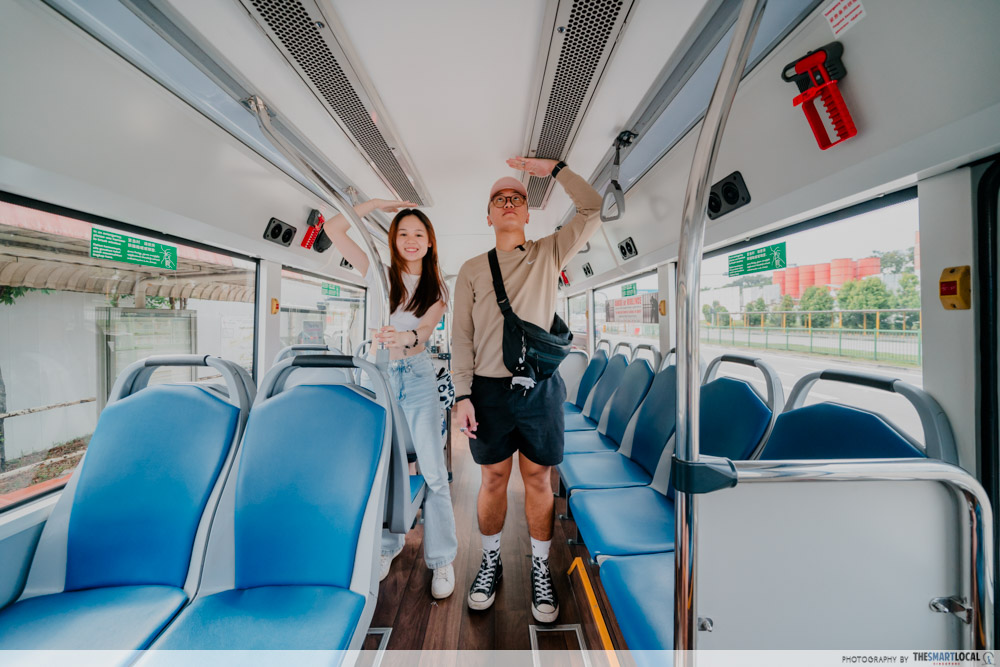
Additionally, it’s not every day that I can almost reach the ceiling of the bus without even tip-toeing. Taller ones might want to be a tad careful of bumping your head against the ceiling. I guess being a short girl in Singapore has its advantages, after all.
A possible alternative that can help to ease crowds
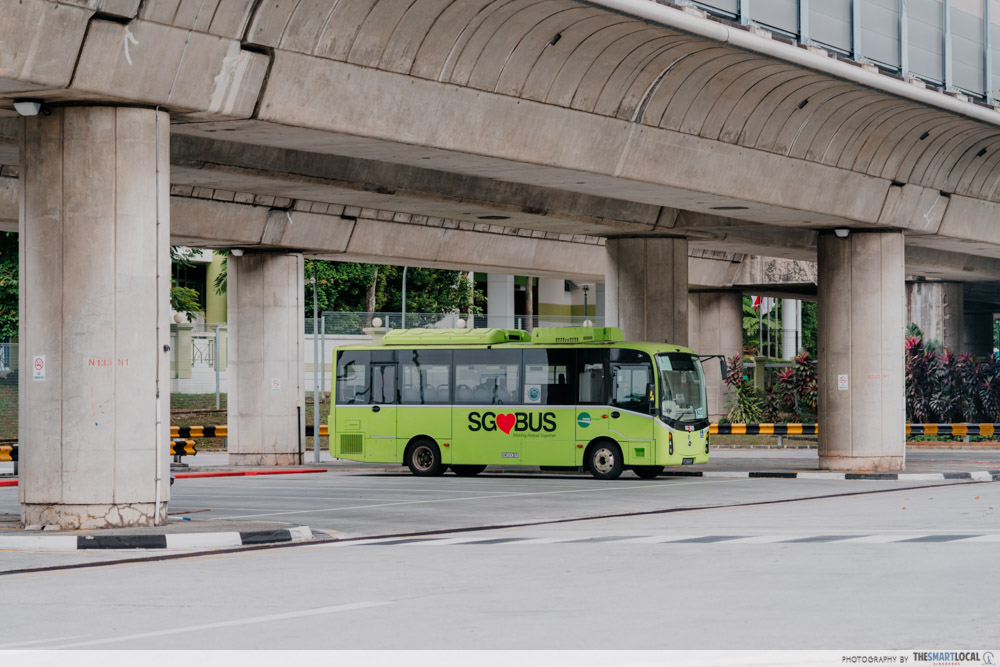
Little one in the distance, hehe.
I think that having a small bus catered to a small estate like Lentor is a pretty good idea but if the question is whether I’d recommend it to be implemented island-wide … maybe not.
Don’t get me wrong, I love the BYD C6; but considering how densely populated Singapore is, I think it would be a better idea to stick to our regular buses. They’re doing a pretty good job thus far, IMHO. The BYD C6 would work just fine in similar small neighbourhood clusters, perhaps in the likes of Sengkang and Punggol.
What it’s like riding bus 825 in Singapore
My honest thoughts about the entire experience: the bus itself is a pretty novel, but riding it is pretty underwhelming. At the end of the day, it’s similar to riding any other bus, except that this one’s smaller.
Is it worth the trip all the way to Yio Chu Kang? Maybe only if you stay nearby, or if you really want bragging rights that you rode the smallest bus 825 in Singapore.
For more perspectives:
Photography by Shawn Low.
